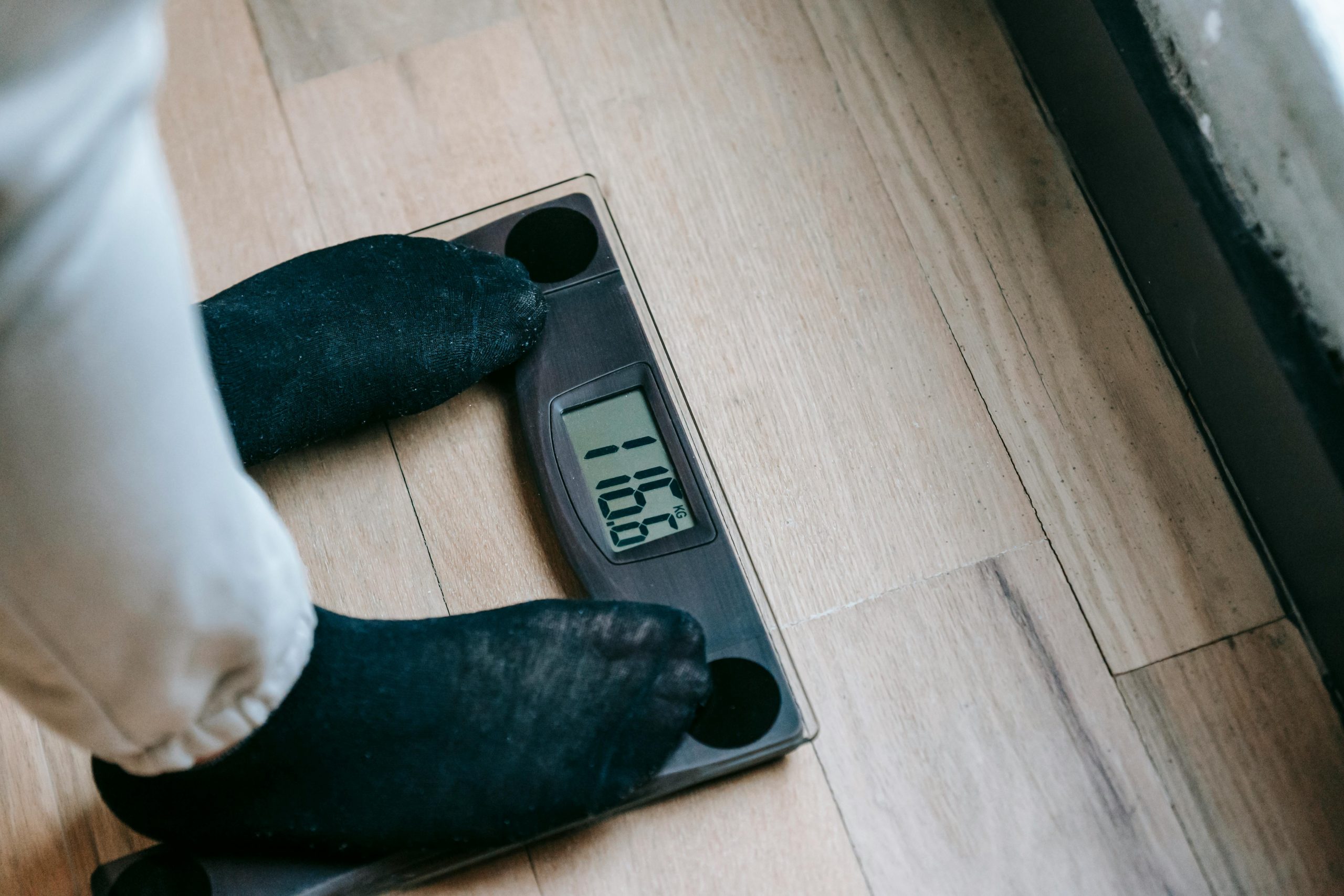If you’re in your 40s or 50s and suddenly struggling to reach for a glass or put on a jacket, you might be dealing with frozen shoulder.
This condition, often marked by stiffness, pain, and limited range of motion, tends to show up during menopause.
And it’s not just coincidence.
Hormonal changes, especially falling estrogen levels, could be one of the reasons why frozen shoulder becomes more common during this time.
The good news is, once you understand what’s happening, there are clear steps you can take to feel better.
Let’s walk through what frozen shoulder is, how menopause affects it, and what you can do about it.
What Is Frozen Shoulder?
Frozen shoulder, or adhesive capsulitis, happens when the tissue around your shoulder joint becomes tight and inflamed.
This makes movement painful and increasingly limited over time.
There are typically three stages:
- The freezing stage, where pain starts and movement becomes harder
- The frozen stage, where stiffness is at its worst
- The thawing stage, where things slowly improve
Without treatment, this whole process can take months or even years.
And it’s most common in women between the ages of 40 and 60, which lines up with perimenopause and menopause for many.
How Menopause Can Trigger Frozen Shoulder
Estrogen does more than regulate your reproductive system.
It also plays a big role in keeping your joints flexible and your tissues healthy.
When estrogen levels drop during menopause, your body becomes more prone to inflammation, stiffness, and slower healing.
The tissue in your shoulder joint, called the joint capsule, can become thicker and tighter when estrogen is low.
That’s one of the main causes of frozen shoulder.
And because menopause causes those hormone levels to dip, many women start noticing shoulder pain around this time.
This is especially common during perimenopause, when hormones start to fluctuate, even before your periods fully stop.
Is There a Link Between Estrogen and Frozen Shoulder?
While some sources say the link isn’t fully proven, newer studies suggest a connection.
One study found that postmenopausal women who had used hormone therapy were less likely to develop frozen shoulder than those who hadn’t.
Estrogen helps regulate inflammation and affects the collagen in your joints.
When levels fall, inflammation rises, and connective tissue can become thicker and less flexible.
That’s exactly what leads to frozen shoulder.
So while frozen shoulder isn’t officially labeled a menopause symptom, research shows hormonal changes are likely a big part of the picture.
How Long Does Frozen Shoulder Last After Menopause?
For some women, frozen shoulder may last one to three years if left untreated.
And without healthy hormone support, the healing process can be even slower.
You might notice symptoms that start suddenly and seem to get worse before they improve.
This is why treating both the shoulder pain and the underlying hormone imbalance can make a real difference in how quickly you recover.
Treatment Options for Frozen Shoulder in Menopausal Women
You don’t have to wait for frozen shoulder to resolve on its own.
There are several treatment options that can help:
- Gentle physical therapy to improve range of motion
- Anti-inflammatory medications to reduce pain
- Cortisone injections if the pain is severe
- Hydrodilatation, which uses fluid to stretch the joint capsule
- Hormone therapy, which may reduce the risk or severity in menopausal women
At California Concierge, we take a functional medicine approach that looks at both the joint itself and your overall hormonal health.
Addressing both sides of the issue often leads to faster relief and better long-term results.
Natural Relief and At-Home Care
If you’re looking for ways to ease frozen shoulder naturally, there are a few things you can do at home:
- Try gentle stretching exercises, like pendulum swings or towel stretches
- Apply heat packs to relax tight muscles and improve circulation
- Focus on stress reduction techniques like walking, yoga, or deep breathing
- Follow an anti-inflammatory diet with plenty of healthy fats, leafy greens, and antioxidant-rich foods
These steps won’t replace medical treatment, but they can support your body’s healing process—especially if you’re also working to rebalance your hormones.
How California Concierge Can Help With Menopause
At California Concierge, we understand that symptoms like frozen shoulder don’t just appear out of nowhere.
During menopause, your body is going through real changes, and joint pain is often part of the picture.
That’s why we offer care that goes deeper than temporary relief.
Our functional medicine approach helps you:
- Identify and treat hormone imbalances
- Personalize a care plan that may include bioidentical hormone therapy
- Support joint and tissue health through targeted nutrition and lifestyle support
- Reduce overall inflammation naturally
You don’t have to deal with this on your own.
If your shoulder pain is making everyday tasks harder, we’re here to help you heal—starting with what’s really causing the problem.
Contact us to learn more about our menopause support.
When to See a Doctor
You should talk to a provider if:
- You can’t lift your arm normally
- Pain is affecting your sleep or daily life
- Your symptoms aren’t improving after a few weeks
Getting help early can prevent long-term stiffness and may keep you from needing more invasive treatments later.
Conclusion: Frozen Shoulder Menopause
Frozen shoulder during menopause can be frustrating, painful, and slow to heal.
But it doesn’t have to control your life.
By understanding the link between hormone changes and joint health, you can take clear steps to feel better and move freely again.
At California Concierge, we’re here to support you with real answers and real solutions, because healing shouldn’t just mean managing pain.
It should mean restoring your energy, strength, and confidence.
Ready to get started?
Schedule a consultation with us today.
FAQs: Frozen Shoulder Menopause
How do you treat a menopausal frozen shoulder?
Treatment typically includes physical therapy, stretching exercises, anti-inflammatory medications, and in some cases, hormone therapy. At California Concierge, we also address hormonal imbalances that may be contributing to joint stiffness and inflammation.
Is frozen shoulder caused by low estrogen?
Low estrogen isn’t the only cause, but it’s believed to play a significant role. Estrogen helps regulate inflammation and maintain tissue flexibility, so declining levels during menopause can increase the risk of developing frozen shoulder.
What can be mistaken for frozen shoulder?
Rotator cuff injuries, arthritis, tendonitis, or a pinched nerve in the neck can all mimic the symptoms of frozen shoulder. A proper evaluation is key to getting the right diagnosis.
What are the 4 stages of frozen shoulder perimenopause?
Frozen shoulder usually progresses through four overlapping stages: pre-freezing (mild discomfort), freezing (increased pain and stiffness), frozen (severe restriction of motion), and thawing (gradual return of movement). These stages can be prolonged or intensified during perimenopause due to hormonal fluctuations.
What is the fastest way to get rid of a frozen shoulder?
There’s no instant cure, but early intervention with physical therapy, anti-inflammatory care, and hormone support can speed up recovery. In more stubborn cases, procedures like corticosteroid injections or hydrodilatation may help.
Is there a link between menopause and joint pain?
Yes, hormonal changes during menopause—especially the drop in estrogen—can lead to joint pain, stiffness, and inflammation, and menopause body aches. Many women experience joint issues like frozen shoulder, knee pain, or hand stiffness during this time.




